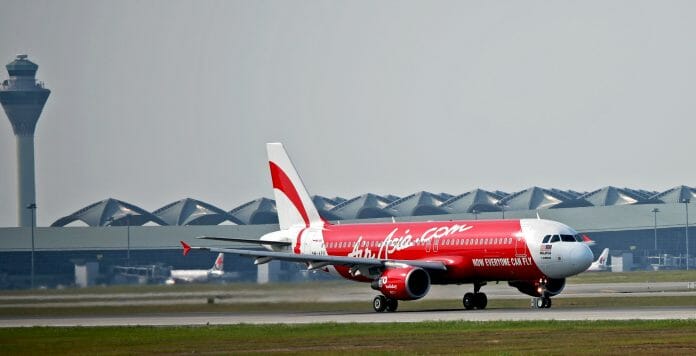Low cost carrier, AirAsia is seeing some activity return to the skies, the group across Malaysia, Indonesia, Thailand and Philippines saw an increase of passenger load for the quarter albeit on the back of a low base.
AirAsia Philippines progressed steadily with 2% increase in number of passengers carried and 4 percentage points increase in load factor to reach a commendable 78%, while AirAsia Indonesia’s load factor increased by 11 ppts. Expectation of high vaccination rates in Asean countries by the end of this year is lending confidence on upcoming recovery, enhanced by the Group’s robust short-haul model in addition to leaner and more stabilised operations.
As for Malaysia, operations remained constrained due to a lockdown and interstate travel restrictions imposed from January this year. Nonetheless, AirAsia Malaysia carried 64% higher number of passengers on 54% higher capacity, subsequently resulting in a 4 ppts increase to a healthy load factor of 64%. The ongoing subdued operations are expected to persist until Malaysia reaches herd immunity by the fourth quarter of this year. The government has recently set a new target of vaccinating all adults by October.
Aided by sustained operational momentum since 1Q2021, AirAsia Indonesia posted substantial growth against the same quarter last year. Though the number of passengers carried showed a mild 1% dip, load factor grew by 11 ppts to 67% in 2Q2021 due to more stringent capacity management. AirAsia Indonesia was operating approximately 70% of pre-pandemic domestic capacity in May 2021 and demonstrated strong signs of recovery before it had to enter hibernation mode in early July in support of the containment efforts by the government as infection cases increased.
Thailand saw a significant jump in travel, it more than doubled the number of passengers carried and reported a 9 ppts increase in load factor to 61% in the quarter, boosted by higher demand during the Songkran festival in April and on the back of low base effect in the same quarter last year. On a quarter on quarter basis, despite having successfully resumed all domestic routes by the end of first quarter, AirAsia Thailand’s recovery was short-lived due to the new Covid-19 wave that began in mid-April. This resulted in a 26% decline in passengers carried, most significantly in June. Nevertheless, load factor was held firm at 78% in June, attributed to active capacity management.









